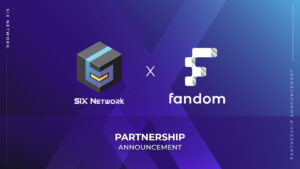
SIX Network and FANDOM STUDIO Announce Partnership Collaboration to Advance Entertainment Industry
SIX Network is excited to announce our partnership with FANDOM STUDIO for the Fan-Fi project, making it easier for fans
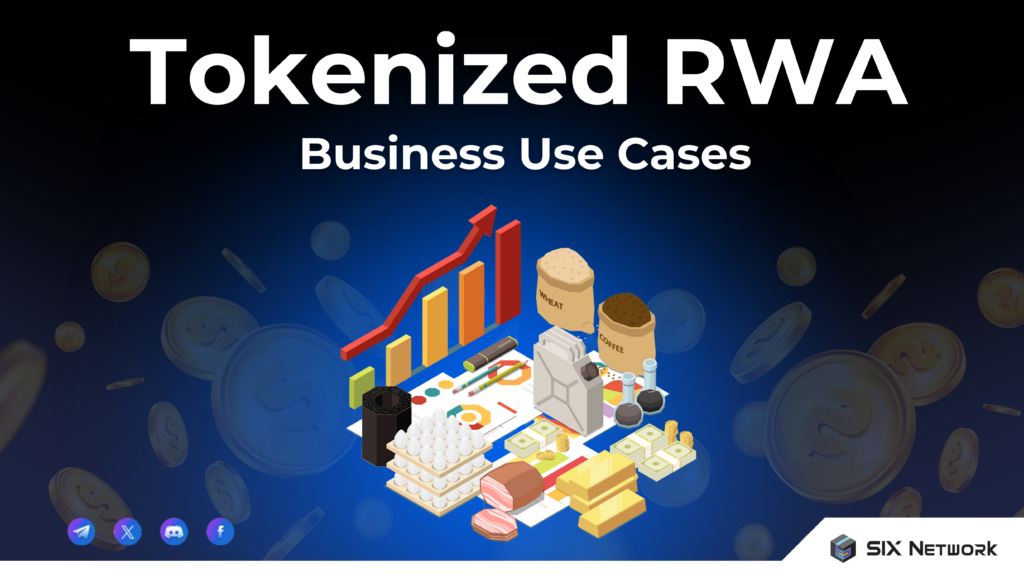
RWA tokenization is the process of converting real-world assets (e.g., financial assets, real estate, art, commodities) into digital tokens via smart contract on a blockchain. Each token represents a share or ownership in the underlying asset, allowing for fractional ownership.
Tokenization offers several key features and benefits, including fractional ownership, increased liquidity, transparency through blockchain records, and lower costs due to reduced paperwork and intermediaries.
The process of tokenizing RWAs involves selecting assets, defining token specifications, connecting to off-chain data for asset backing, deploying smart contracts, and issuing tokens. Blockchain technology is ensuring the immutability and tamper-proof integrity of these tokens.
Blockchain technology supports RWA Tokenization by providing a transparent and immutable record of ownership. This enables secure, direct, and efficient trading between parties, reducing transactional costs and increasing asset liquidity. Smart contracts on the blockchain automate processes and enhance security.
Tokenizing RWAs brings advantages for both asset owners and investors
There are several potential benefits to tokenizing real-world assets (RWA):
• Fractional Ownership: Enables smaller investors to buy and trade tokens, increasing liquidity.
• Global Accessibility: Tokenized assets can be traded 24/7 on global markets, democratizing investment opportunities.
• Decentralized Record-keeping: Transactions are securely recorded on a decentralized ledger, ensuring transparency and auditability, boosting trust and reducing fraudulent risks.
• Fractionalization Benefits: Assets can be divided into smaller parts, offering flexibility in ownership, management, and the creation of new investment products.
• Diversification: Investors can diversify portfolios and access a wider range of asset classes by tokenizing traditional financial instruments.
Real estate: Real Estate Tokenization, exemplified by the RealX Investment Token, transforms real estate investment by enabling fractional ownership. This innovative approach, similar to the RealX Token, exemplifies how investors can own a portion of high-value real estate assets. Such fractional ownership broadens market participation and simplifies the transfer of ownership, fostering a more efficient and transparent ecosystem.
Art and collectibles: Tokenization unlocks value in art and collectibles by allowing individuals to own fractions of valuable artworks. This democratizes access to high-value items and creates new avenues for investment. For example, a company named Freeport offered fractionalized shares of Andy Warhol paintings, allowing people to own a portion of valuable artworks.
Financial industry: Blockchain technology is already being used by established financial giants like BlackRock, Fidelity, BNY Mellon, JP Morgan, Goldman Sachs, UBS, and HSBC to tokenize a variety of real-world assets. These institutions are starting to place tokenized products with their customers, going beyond simply tokenizing assets for operational uses and savings like repo and collateral management.
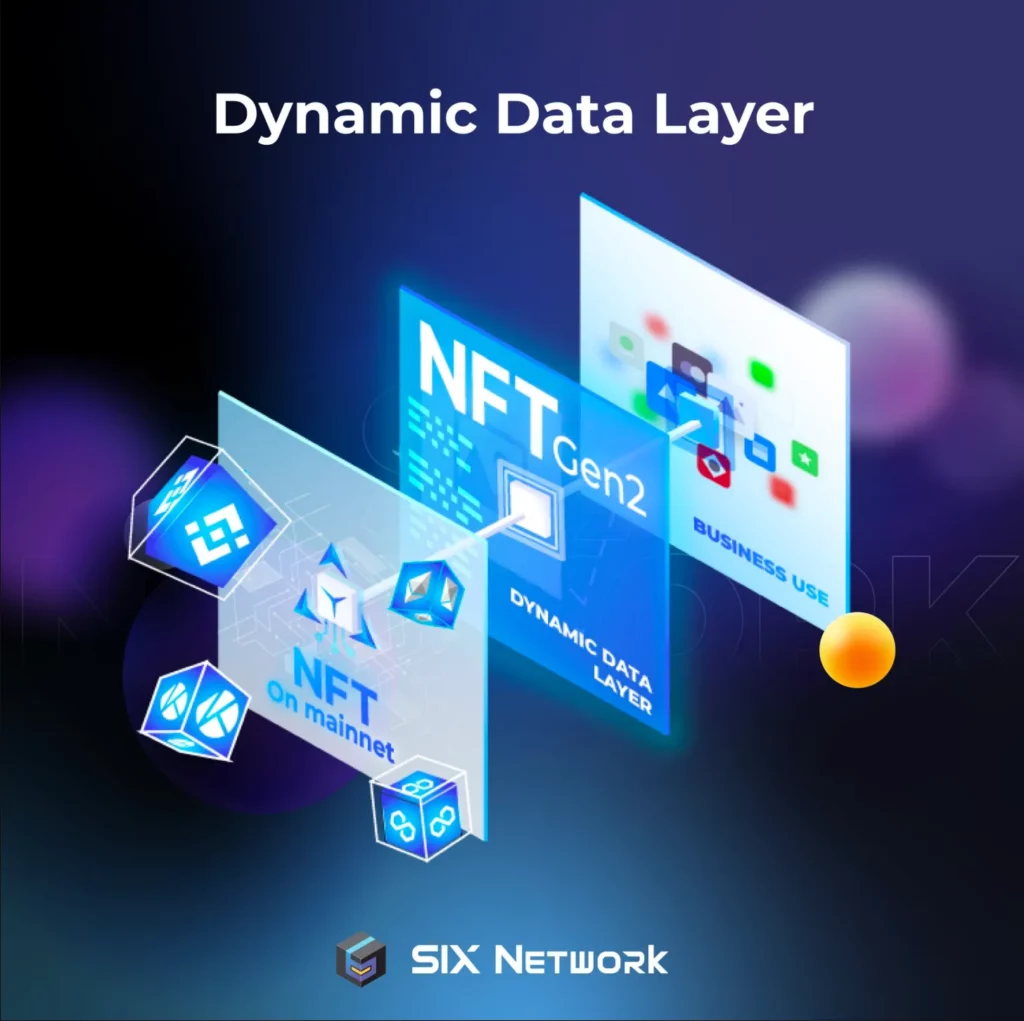
SIX Network’s unique Dynamic Data Layer is a practical approach to blockchain business use cases. This layer, built on the SIX Protocol, serves as the data management layer within the SIX Protocol blockchain architecture.
Here’s a concise overview of SIX Network’s role in blockchain business uses:
1.Infrastructure Layer: SIX Protocol
• The foundational layer provides support and it is a foundation for the entire blockchain system.
SIX Network’s role in blockchain business revolves around providing a dynamic and adaptable data layer, enabling businesses to leverage digital assets in innovative and practical ways, from enhancing user engagement at events to creating valuable, real-world applications for digital assets. For more information, you can explore SIX Network’s website or learn more on how to Level Up your Business with SIX Network’s ‘Dynamic Data Layer’.
Learn More about SIX Network:
——————————————–
Follow SIX Network
Join Discord

Experience the magic of Blockchain with SIX Network!

SIX Network is excited to announce our partnership with FANDOM STUDIO for the Fan-Fi project, making it easier for fans
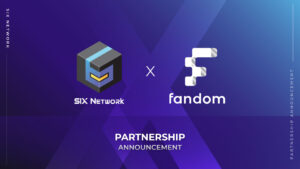
SIX Network มีความยินดีอย่างยิ่งที่จะประกาศร่วมเป็นพาร์ทเนอร์กับ FANDOM STUDIO เพื่อพัฒนาอุตสาหกรรมสื่อและวงการบันเทิงให้เติบโตยิ่งขึ้น ผ่านนวัตกรรมบล็อกเชนจาก SIX Ecosystem การร่วมมือกันครั้งนี้เป็นการส่งเสริมธุรกิจหรือวงการบันเทิง หรือ สร้างกิจกรรมที่ทำให้แฟนคลับกับผู้ใช้งานสามารถเข้าถึงศิลปิน, ไอดอล, ผลงานเพลง และสิทธิประโยชน์อื่น ๆ จาก Fan-Token NFT ซึ่งเป็นเหรียญประจำแพลตฟอร์มที่ใช้งานเพื่อรับสิทธิพิเศษต่าง
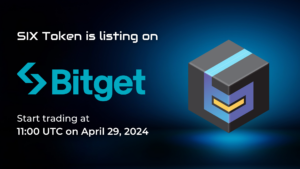
SIX Token จะถูกลิสต์บน Bitget แพลตฟอร์มแลกเปลี่ยนคริปโตชั้นนำ ในวันที่ 29 เมษายน 2567 SIX Network บริษัทผู้ให้บริการด้าน Blockchain Solutions ได้ประกาศการลิสต์ SIX token ($SIX) ใน
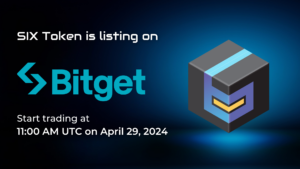
SIX Token is Listing on Bitget Best Copy Trading Platform on April 29, 2024 SIX Network, a prominent player
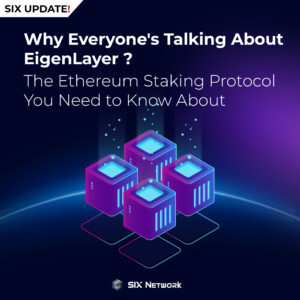
Let’s get to know Ethereum’s Next Big Thing “EigenLayer” Protocol Hottest Ecosystems. Currently! You can’t miss EigenLayer these days –
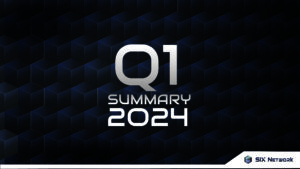
SIX Network made strategic advancements in the first quarter of 2024, announcing our Roadmap 2024. Key milestones were established, with
| Cookie | Duration | Description |
|---|---|---|
| cookielawinfo-checkbox-analytics | 11 months | This cookie is set by GDPR Cookie Consent plugin. The cookie is used to store the user consent for the cookies in the category "Analytics". |
| cookielawinfo-checkbox-functional | 11 months | The cookie is set by GDPR cookie consent to record the user consent for the cookies in the category "Functional". |
| cookielawinfo-checkbox-necessary | 11 months | This cookie is set by GDPR Cookie Consent plugin. The cookies is used to store the user consent for the cookies in the category "Necessary". |
| cookielawinfo-checkbox-others | 11 months | This cookie is set by GDPR Cookie Consent plugin. The cookie is used to store the user consent for the cookies in the category "Other. |
| cookielawinfo-checkbox-performance | 11 months | This cookie is set by GDPR Cookie Consent plugin. The cookie is used to store the user consent for the cookies in the category "Performance". |
| viewed_cookie_policy | 11 months | The cookie is set by the GDPR Cookie Consent plugin and is used to store whether or not user has consented to the use of cookies. It does not store any personal data. |
